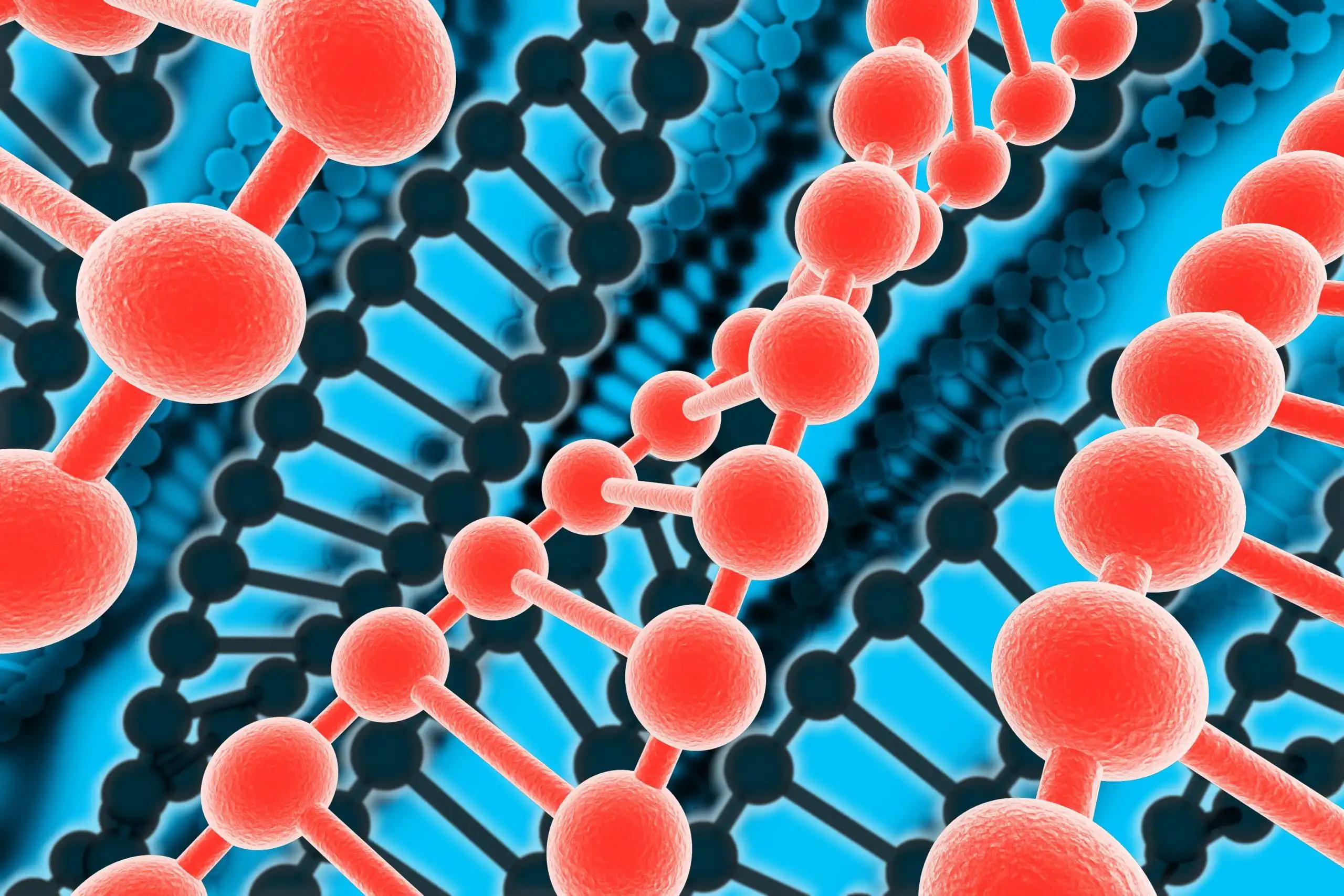KEY TAKEAWAYS
- The study aimed to investigate the utility of 3D-APTWI in diagnosing early-stage BC and its correlation with immunohistochemical characteristics of malignant lesions.
- Researchers concluded that 3D-APTWI could serve as a supplementary method for patients with contraindications to DCE-MRI, while MTRasym could provide insights into the proliferation activities of early-stage BC.
Yeqin Li and the team aimed to investigate the value of three-dimensional amide proton transfer-weighted imaging (3D-APTWI) in the diagnosis of early-stage breast cancer (BC) and its correlation with the immunohistochemical characteristics of malignant lesions.
Researchers performed an inclusive analysis involving seventy-eight women who underwent APTWI and dynamic contrast-enhanced (DCE)-MRI. Pathological results were categorized as either benign (n = 43) or malignant (n = 37) lesions. The parameters of APTWI and DCE-MRI were compared between the benign and malignant groups.
The diagnostic value of 3D-APTWI was evaluated using the area under the receiver operating characteristic curve (ROC-AUC) to establish a diagnostic threshold. Pearson’s correlation was used to analyze the correlation between the magnetization transfer asymmetry (MTRasym) and immunohistochemical characteristics.
The MTRasym and time-to-peak of malignancies were significantly lower than those of benign lesions (all P < 0.010). The volume transfer constant, rate constant, and wash-in and wash-out rates of malignancies were all significantly greater than those of benign lesions (all P < 0.010). To differential diagnosis between early-stage BC and benign lesions, ROC-AUCs of 3D-APTWI, DCE-MRI, and 3D-APTWI+DCE were 0.816, 0.745, and 0.858, respectively.
Only the difference between AUCAPT+DCE and AUCDCE was significant (P < 0.010). When a threshold of MTRasym for malignancy was 2.42%, the sensitivity and specificity of 3D-APTWI for BC diagnosis were 86.5% and 67.6%, respectively; MTRasym was modestly positively correlated with pathological grade (r = 0.476, P = 0.003) and Ki-67 (r = 0.419, P = 0.020).
The study concluded that 3D-APTWI holds promise as a supplementary method for patients with contraindications to DCE-MRI. Additionally, MTRasym emerges as a potential indicator of proliferation activities in early-stage BC.
This study was funded by the Shandong Provincial Medical Association Breast Disease Research Project and the Jinan Science and Technology Project.
Source: https://pubmed.ncbi.nlm.nih.gov/38584248/
Li Y, Zhang Y, Tian L, et al. (2024). “3D amide proton transfer-weighted imaging may be useful for diagnosing early-stage breast cancer: a prospective monocentric study.” Eur Radiol Exp. 2024 Apr 8;8(1):41. doi: 10.1186/s41747-024-00439-z. PMID: 38584248; PMCID: PMC10999404.



